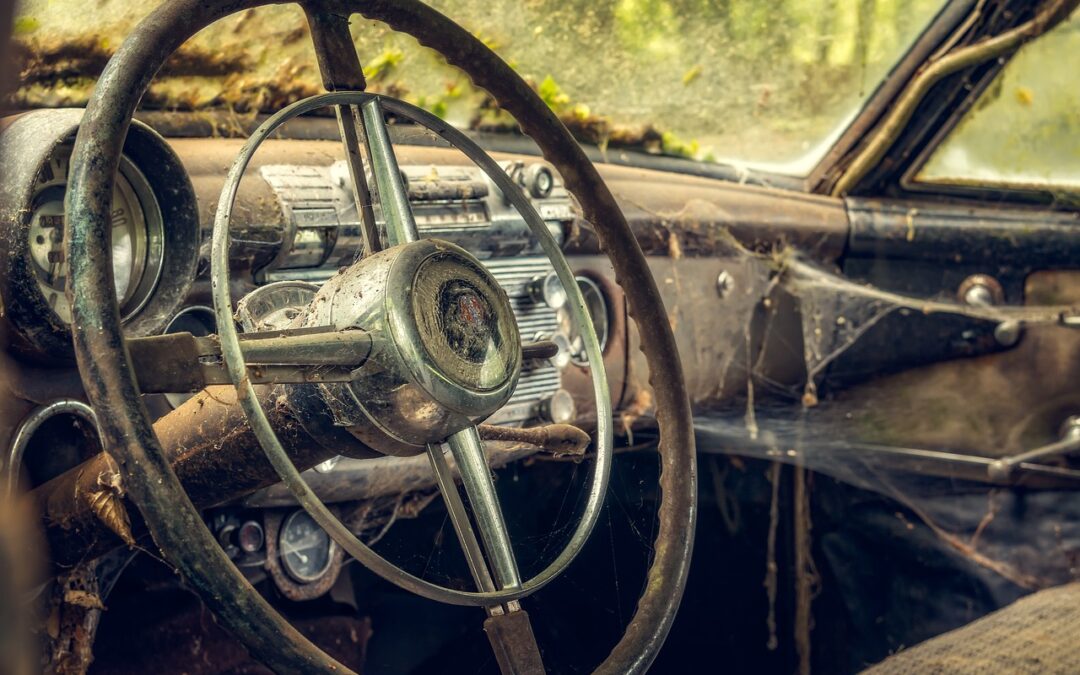
Preventative Measures: Rust Prevention Tips for Your Classic Thunderbird
Owning a classic Thunderbird is a dream for many car enthusiasts, but maintaining one in pristine condition is a continuous battle, especially against rust. Rust can significantly devalue your classic car and make restoration much more difficult and expensive. However, with the right preventative measures, you can keep your Thunderbird rust-free and in excellent shape for years to come. Here’s how you can protect your investment from the ravages of rust.
Understand the Enemy
Rust, or iron oxide, occurs when iron in the metal combines with oxygen and moisture. For car owners, this means that any part of your car’s metal body exposed to air and moisture is susceptible to rust. It’s important to understand that rust doesn’t just affect the aesthetics of your car; it can also compromise its structural integrity.
Keep It Clean and Dry
The first step in preventing rust is keeping your Thunderbird clean and dry. Wash your car regularly to remove salts and dirt that can accumulate and trap moisture against the body. Use a high-quality car wash soap that removes dirt without damaging the paint. After washing, it’s crucial to thoroughly dry your car to prevent water from sitting on the metal and creating rust. Pay special attention to areas where water might collect, such as under the trim and around the window seals.
Wax and Seal
After cleaning, applying a good quality wax can provide a protective layer against moisture and dirt. Waxing should be done every few months, depending on the climate and how often the car is exposed to the elements. For even better protection, consider using a sealant. Sealants can last longer than wax and provide a stronger barrier against the elements.
Check and Treat Scratches and Chips
Scratches and chips in the paint can expose the metal underneath, making it vulnerable to rust. Inspect your Thunderbird regularly and touch up any areas where the metal is exposed. Use a matching paint to cover the spot effectively, and consider applying a clear coat over the top for added protection.
Keep It Covered
When not in use, store your Thunderbird in a dry, covered area. A garage is ideal, but if that’s not available, consider using a high-quality car cover. The cover should be breathable to prevent moisture from becoming trapped under it, which can accelerate rust formation.
Use Rust-Preventive Products
There are many products on the market designed to prevent rust. Rust inhibitors can be sprayed inside the body panels and along other rust-prone areas to help prevent rust from starting. For the underbody, rust-proofing sprays can coat the metal and protect it from the salts and moisture that come from the road. These treatments may need to be applied regularly for best results.
Control the Environment
If you have the luxury of a controlled storage environment, keeping your Thunderbird in a space with controlled humidity levels can significantly reduce the risk of rust. Devices like dehumidifiers can help keep the air in your garage dry, which helps prevent rust.
Regular Inspections
Part of preventative care for your Thunderbird involves regular inspections. Check for signs of rust or bubbling paint in common problem areas like wheel wells, undercarriage, and any crevices where moisture might collect. Catching rust early can make treatment much more manageable.
Address Problems Immediately
If you do find rust, address it immediately. Small rust spots can often be treated with a rust converter, which neutralizes the rust and can be painted over, preventing further damage. For more significant rust issues, parts of the metal may need to be cut out and replaced. Consulting with a professional who specializes in classic car restoration is often the best course of action for significant rust repair.
Use Anti-Rust Coatings
There are also anti-rust coatings available that can be applied to the metal surfaces of your car. These coatings are designed to seal the metal from air and moisture completely. They can be particularly useful in areas that are prone to rust and are difficult to keep dry.
Educate Yourself and Others
Finally, educating yourself about the causes and prevention of rust can help you keep your Thunderbird in top condition. Additionally, if others use or maintain the car, make sure they also understand the importance of rust prevention and how to take care of the vehicle properly.
In conclusion, while rust is a formidable enemy for any owner of a classic Thunderbird, it can be managed and prevented with diligent care and the right strategies. Regular maintenance, proper storage, and immediate attention to any signs of rust are crucial in keeping your Thunderbird looking great and functioning well. By taking these preventative measures, you can enjoy your beautiful classic car for many years to come, ensuring it remains a treasured asset in your collection.


